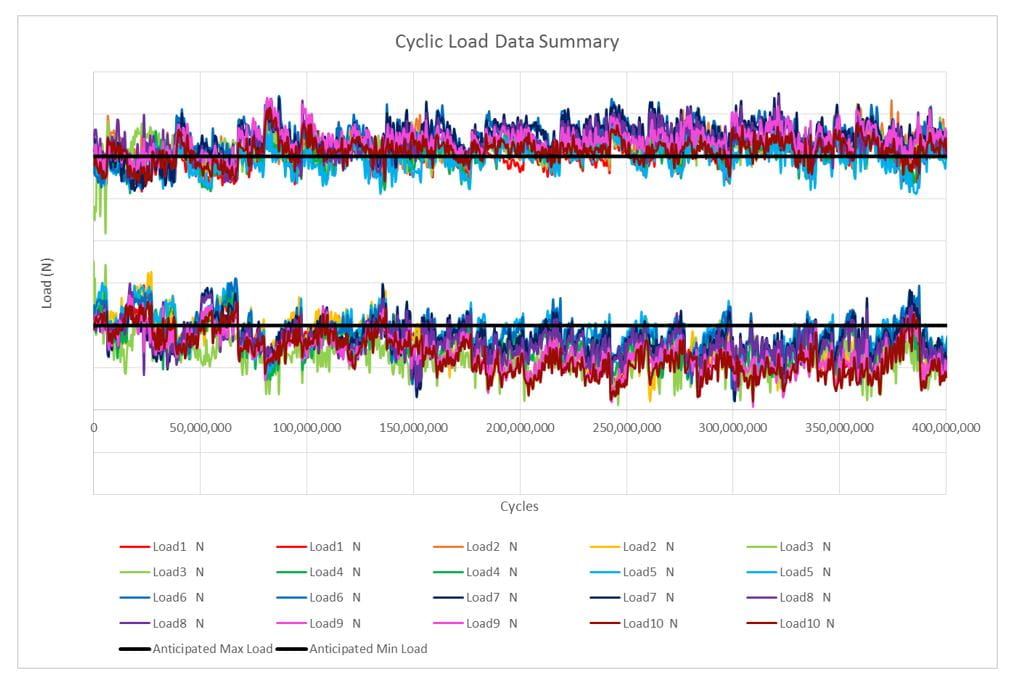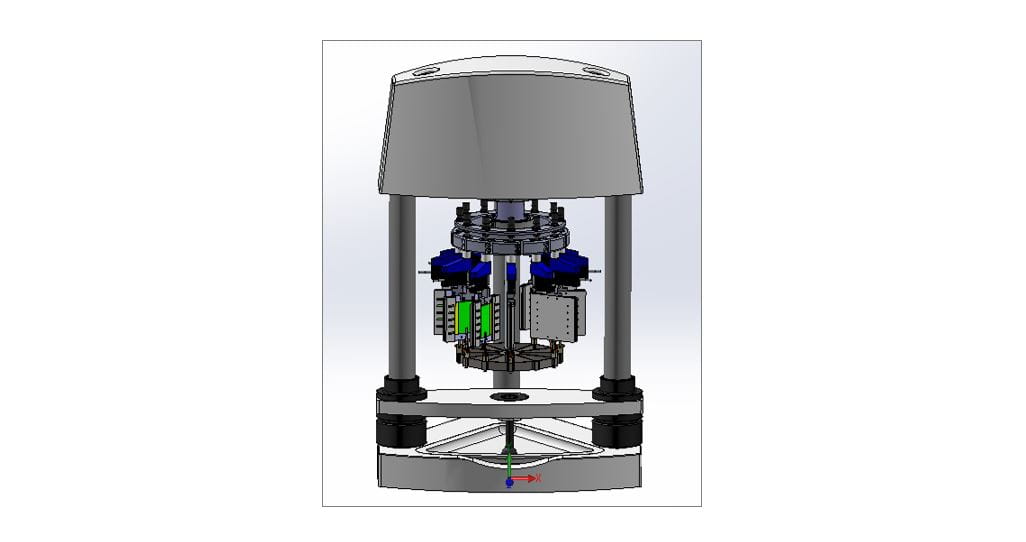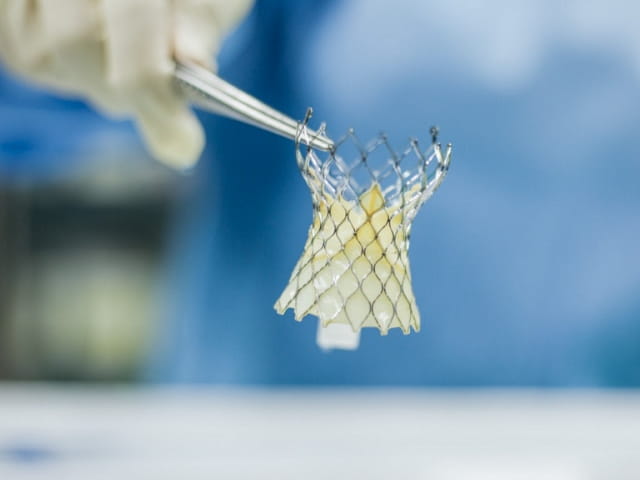Transcatheter Mitral Valve Axial Fatigue Testing
As transcatheter aortic valve replacements are rapidly becoming an established treatment option, cardiology’s focus has shifted to the next frontier, Transcatheter Mitral Valve Repair (TMVR).
TMVR is a minimally-invasive technique well-suited for the treatment of patients with mitral regurgitation who cannot undergo surgery. Mitral valve regurgitation may be primary (degenerative) and caused by intrinsic valve pathology, or secondary (functional), in which case the leaflets are normal but do not coapt properly.
For a great review of transcatheter mitral valve replacements, you might be interested in an article by the Cleveland Clinic Journal of Medicine (Krishnaswamy A. et al., Vol. 83, Suppl. 2, 2016).
While pulsatile durability testing is often the primary test that comes to mind, axial fatigue testing of valve repair components serves as a very useful tool in characterizing the durability of individual components. Device manufacturers are developing innovative solutions for the transcatheter challenge by utilizing multi-component designs that need to be thoroughly tested.
ISO 5840-3:2013, Cardiovascular implants – Cardiac valve prostheses – Part 3: Heart valve substitutes implanted by transcatheter techniques, offers some guidance on valve testing, including the target number of cycles for fatigue loading. The standard states that testing shall demonstrate that the support structure will remain functional for a minimum of 400 million cycles for critical loading modes. The US Food and Drug Administration (FDA), however, recommends 600 million cycles (Heart Valves: From Design to Clinical Implantation, Iaizzo P. et al., 2013 Edition, Springer). These cycle counts are equivalent to 10 years (400 million cycles) and 15 years (600 million cycles) of implantation in patients.
Transcatheter Mitral Valve Test Protocol
TMVR components that are subject to axial fatigue testing vary depending on the device design. They include the support structure, sutures, clips, occluders, stents or any other components used for anchoring. Axial fatigue testing is typically tensile-to-tensile or slack-to-tensile. In most cases, devices are tested to 600 million cycles, although sometimes testing is first carried out to 400 million cycles and then extended to 600 million cycles upon successful completion of the first step.
Due to the high number of device components typically tested, often in the 10 to 40 sample range depending on the manufacturer’s requirements, we use multi-specimen fixtures mounted on a 3200 or 3300 ElectroForce® Test Instrument. Due to their design geometry, these fixtures are also referred to as spider fixtures. The images below show a generic 15-specimen spider fixture on the left and an example of TMVR attachment fittings/stations added to the fixture on the right.

Many of the tests are run in load control, where you command the actuator to reach specified load levels. For precise load control experiments using a multi-specimen fixture, we use individual load cells per specimen. Each load cell is tared to zero after test specimens are installed into their stations. Using an adjustment at each station, loads are then all brought to the same level prior to the test start. Additional adjustments may need to be made during the initial preconditioning cycles at which point target mean load levels are maintained throughout testing.
The graph below shows an example of a 400-million cycle load-control test of a TMVR with a 10-specimen fixture and individual load cells. It also shows the target min and max load levels, and how load has changed over time for each specimen.

Samples are immersed in phosphate-buffered saline solution heated to 37±2°C in a bath, and temperature is recorded throughout testing. The ElectroForce® Test Instruments have very high dynamic performance which allows accelerated loading to high frequencies. Most of these component fatigue tests run in the 40-60 Hz frequency range. A 600-million cycle test at 40 Hz will take approximately 174 days to complete.
In some TMVR designs, a stent is used for anchoring of the device. One way of testing the stent in axial fatigue is by extracting a representative section of the stent, flattening it out and clamping it against a flat plate. The stent section selection is typically done through finite element analysis to ensure that it is a suitable stent surrogate. Clamping the stent against a flat plate serves two main purposes: 1) it retains the stent section in a flattened configuration, and 2) it prevents rigid body motion of the stent section in response to the applied load. The image below shows a 3200 ElectroForce® Test Instrument with a multi-specimen fixture and the flat plates for stent attachment.

Specimen inspections typically take place prior to, during and after testing using a microscope, endoscope, strobe light and high-speed video. Acceptance criteria are defined by device manufacturers, and devices are returned to customers for further analysis and testing.
As TMVR designs are being added as an alternative for patients who are not suited for open surgery, axial fatigue testing of device components provides pertinent information for regulatory submissions. Our expertise in cardiovascular device durability testing and in custom fixture design is well-suited for TMVR devices that are often complex.
Element offers the broadest scope of medical device testing, so if you are looking for additional device testing services such as package testing, microbiological testing, accelerated shelf life testing or EMC/EMI testing, contact us to connect with the right lab.
Find related Resources




